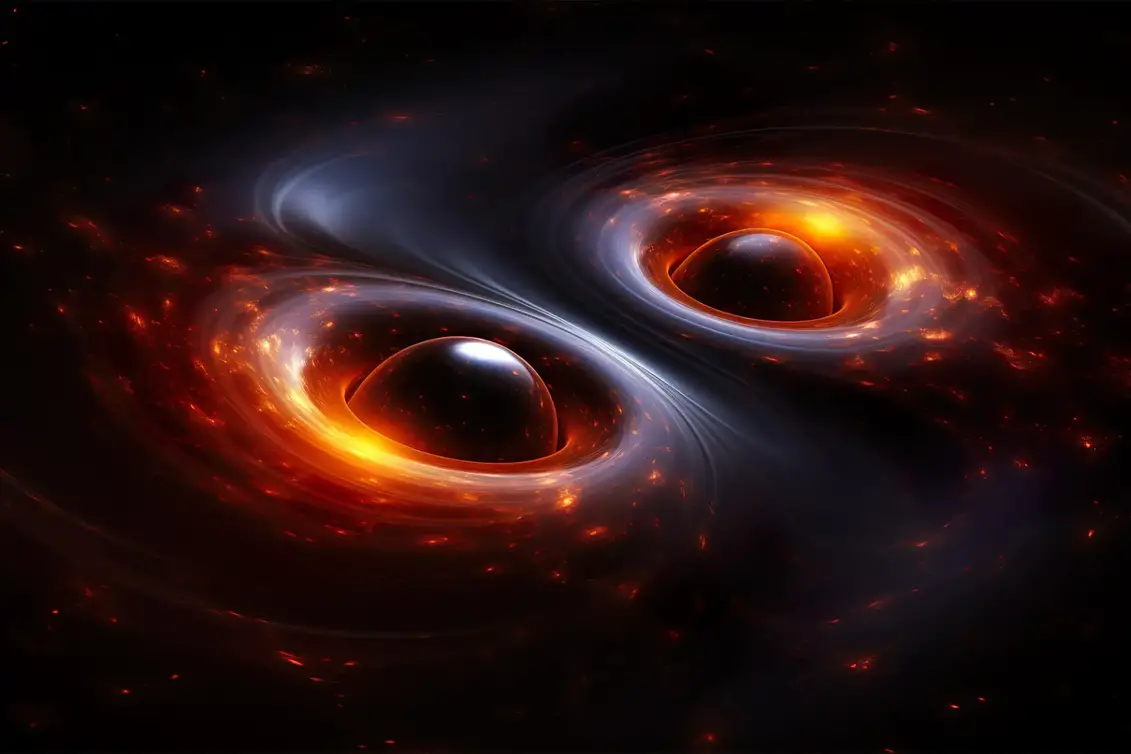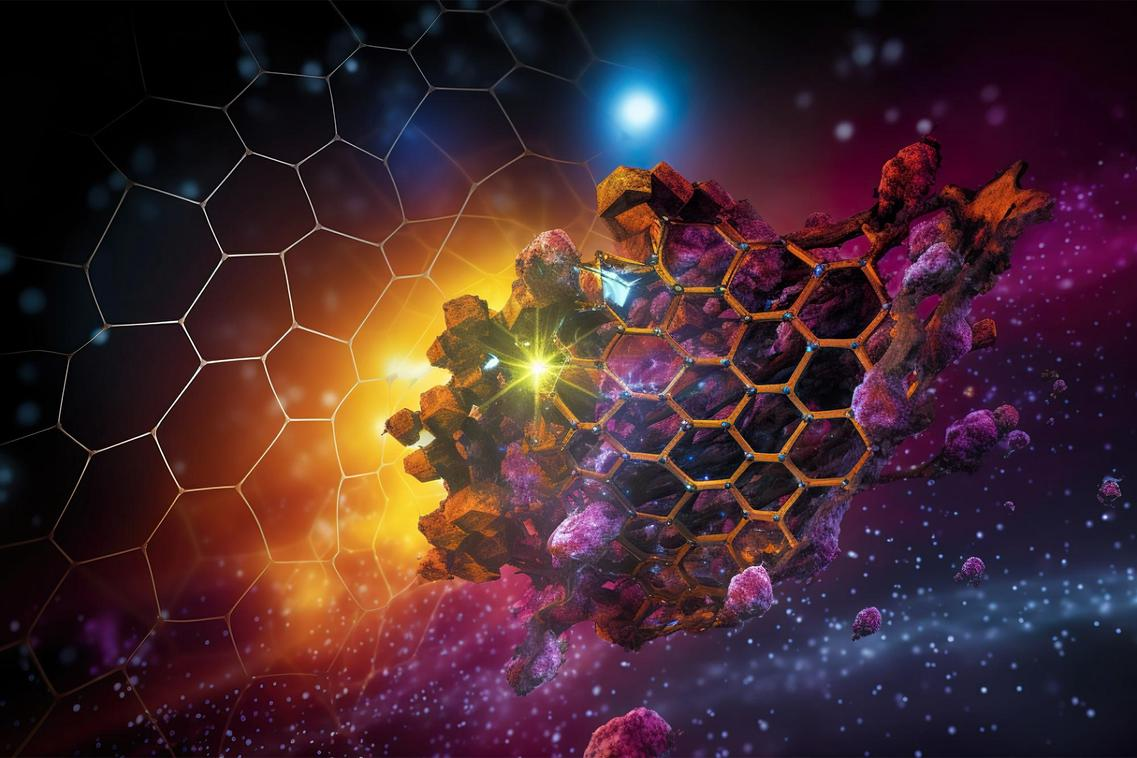The solid quantum computer can use nano-size computers to control the qubit states.
In some visions, solid-state quantum computers use similar microprocessors as binary systems. Or actually. Researchers can replace Those regular microchips by using nanotechnical computers that make it easier to control quantum or virtual quantum states. The quantum system base is the same idea as on TCP/IP protocol. At first, the system drives data packages or data segments in the line from the row.
At first, the system drives data packages or data segments in the line from the row. And then the system transports them to another processor. This kind of system can use the pins of the microprocessor in that operation. In that system. Each of those pins is a certain state of the qubit. And modern microchips can have a very large number of pins. The thing that makes this kind of system slower than other quantum systems is that driving the data row in linear mode takes a little time.
2D materials allow the system to observe and control qubits and quantum states.
The ability to image quantum states is necessary so that system can control them. It's hard to control things that the system can not see. The vital thing for making superpositions and quantum entanglements is the system can stabilize the structure. In that process, the primary thing is that there are so few possible tracks as possible that particles can use.
The reason why quantum states are easy to image in 2D materials is this. There is no 3D movement or vertical movement in 2D material. And that makes it easier to aim those particles in the right position for making things like quantum entanglements and superpositions.
The thing that is needed in the 2D material is that laser or some other physical system, that will push material against the layer and anchor the particles in the right positions. Then the system can adjust the oscillation of the particles and make superpositions and other kinds of things.
There is a possibility that silicon atoms are put on the corners of the graphene. That makes it possible to create quantum entanglements between those silicon atoms. And that could solve the problem of solid quantum computers. The problem with pure silicone is that the material forms standing waves inside them. And that breaks the structure very easily.
Another important thing for successful data transportation in quantum systems is speed. Every microsecond that information travels in qubits. That information is exposed to outcome effects. The photons are the fastest known particles. And they have excellent abilities for computing. Magnetic fields don't interact with photons so electromagnetic forces cannot destroy the information that those photons carry.
***************************************************
How to separate a series of ones and zeros from each other? If a message looks like this 001100 the easiest thing is to put the commas between those numbers. So the message should look like this: 0,0,1,1,0,0. There is a possibility. Use the third wire or line to put commas between those binary numbers. So the system looks like this.
Line (or wire) 1 is for 0
Line (or wire) 2 is for 1
Line (or wire) 3 is for a comma.
*******************************************************************
A photonic computer is quite easy to build at least in theory. The computer requires a photon source. And then light cells can detect that information. The photonic binary computer can use two tracks for sending information. Track 1 could be 0 and Track 2 could be one. The laser flash that sends to track 1 means 0. And laser flash that is sent to track 2 means 1. A similar router or switch that is used in regular internet components can control the system and deny the possibility that the system sends 0 and 1 at the same moment.
How to separate a series of ones and zeros from each other? If a message looks like this 001100 the easiest thing is to put the commas between those numbers. So the message should look like this: 0,0,1,1,0,0. There is a possibility. Use the third wire or line to put commas between those binary numbers. So the system looks like this.
Line (or wire) 1 is for 0
Line (or wire) 2 is for 1
Line (or wire) 3 is for a comma. As I wrote before.
There is the possibility that there is a third track. The third track can use to separate different zeros and ones. That third track is useful in the case, where the system sends the same binary number again and again. The binary series could look like this: 1100011. And the third track could separate those 11 and 00s from each other like point. And in this case, the message looks like this 0,0,1,1.
In quantum systems, the photons can have multiple different superpositions. Each frequency and other things can give photonic quantum computers very powerful abilities. The fact is that silicon-based solid-core quantum computers are very hard to make. The reason for that is that silicon creates standing waves in that material. Those waves push silicone atoms away from each other. And that can cause the silicon-based quantum computers can be broken very easily.
https://scitechdaily.com/directly-imaging-quantum-states-in-two-dimensional-materials/
https://scitechdaily.com/harnessing-the-speed-of-light-artificial-life-unlocks-photonic-computing-power/?expand_article=1




























